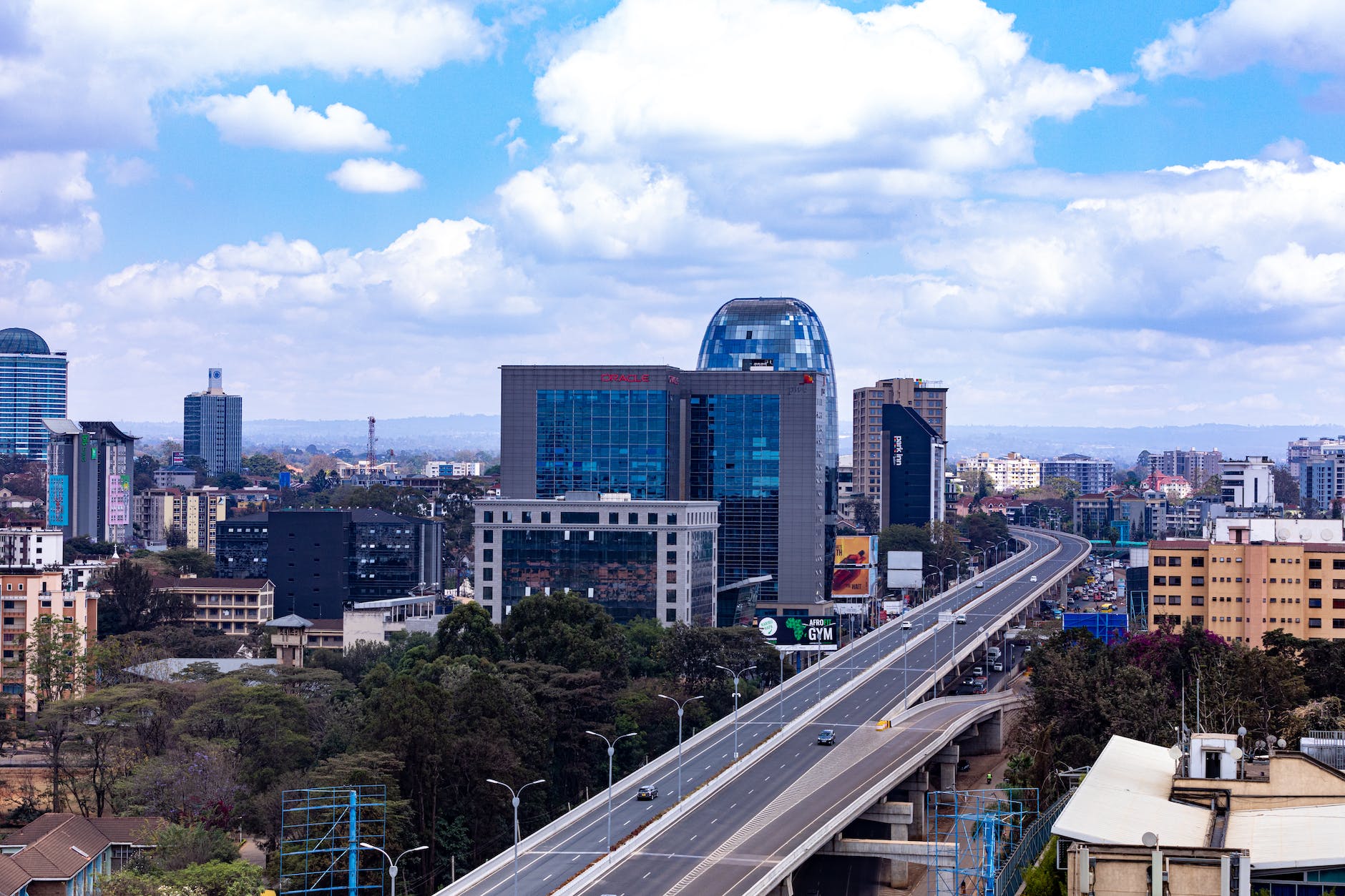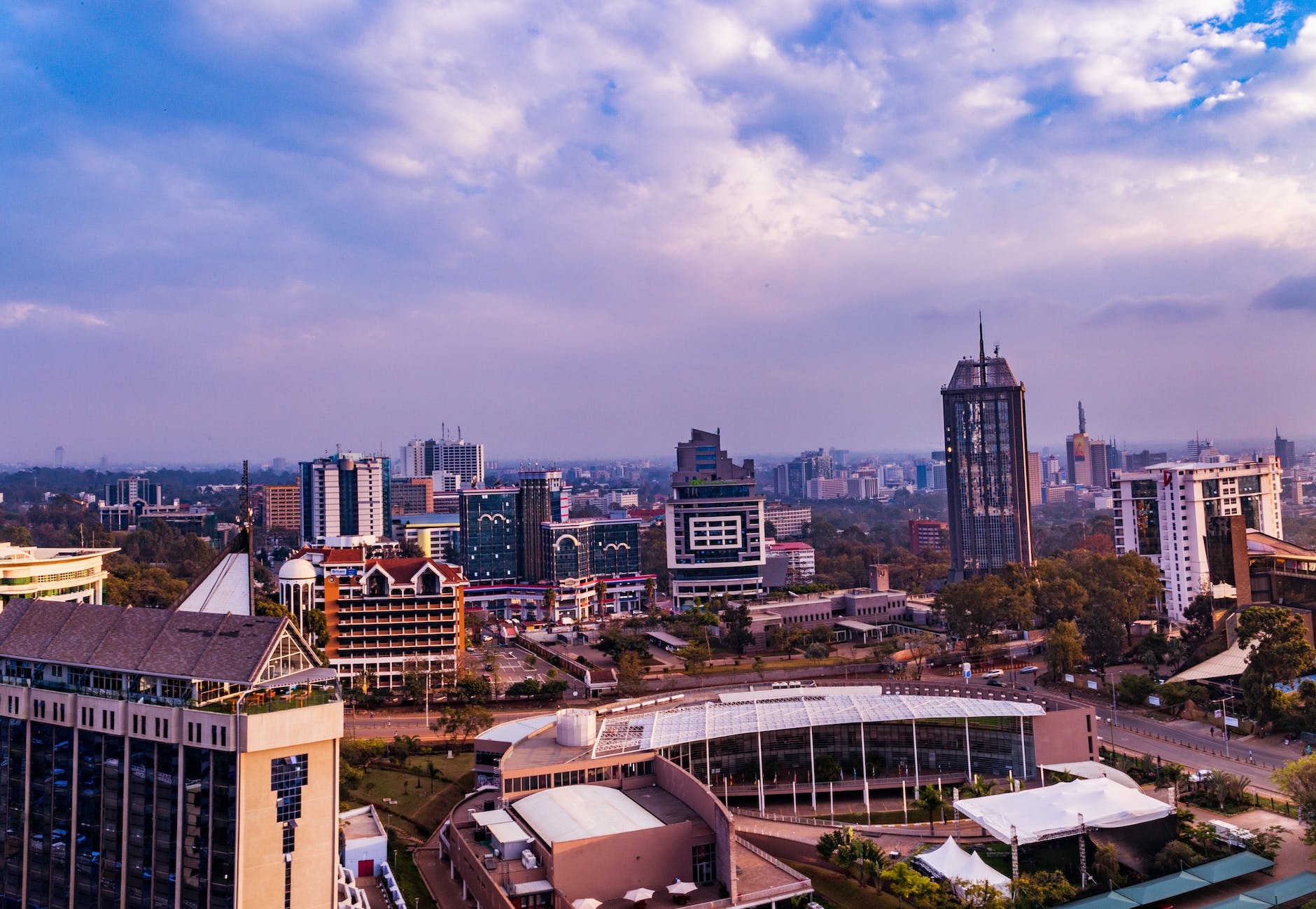Global economists have marginally downgraded Kenya’s growth outlook for 2023, citing below-average rainfall, and a weakening shilling amid lingering threats of return of anti-government protests.
The panelists polled from 14 world-leading banks, consultancies and think tanks projected expansion in economic activities to decelerate for the second year in a row, hurting job opportunities for growing unemployed skilled youth.
They expect the gross domestic product (GDP), a gauge of national economic output, to soften to 4.5 percent, according to their latest consensus growth forecast, slower than 4.7 percent in last month’s outlook report.
“Downside risks include drought, a prolonged dollar shortage, social unrest, steeper-than-expected shilling depreciation and debt repayment difficulties,” analysts at Barcelona-based Focus Economics, which compiled the growth forecasts from the 14 institutions between May 16 and 21, wrote in the report.
“The government’s ability to regain access to international capital markets is a factor to watch.”
A prolonged drought, the worst in four decades, has seen farming activities contract for two consecutive years through 2022, while elevated inflation and a depreciating shilling have eroded consumers’ purchasing power and hurt private sector investment.
Inflation showed signs of slowing last month after easing to 7.9 percent from 9.2 percent in the prior month on moderation of growth in average food prices largely vegetables.
The shilling has, however, remained under sustained pressure from the globally-bullish US dollar, with Kenyan currency shedding 11.82 percent of its value since the beginning of the year.
This has in turn pressurized prices of key inputs such as fuel and raw materials for factories in a net import economy.
The downbeat outlook mirrors the findings of the Stanbic Bank Kenya’s Purchasing Managers Index (PMI) where as much as 92 percent of Kenya’s private firms said in April they do not see an expansion in business activity in 12 months.
Analysts at Capital Economics of the UK and Moody’s Analytics of the US have projected the lowest growth at 3.5 percent each, followed by Switzerland-based Julius Baer (3.6 percent), Oxford Economics (3.7 percent) and Frontier View (3.7 percent), according to Focus Economics consensus outlook report.
Citigroup Global Markets sees Kenya growing 5.8 percent, the highest amongst institutions surveyed. JPMorgan, Standard Chartered, Economist Intelligence Unit and Fitch Ratings each have forecast a five percent growth.
Others are Fitch Solutions (4.9 percent), Goldman Sachs (4.8 percent), Euromonitor International (4.7 percent) and HSBC (4.2 percent).
Kenya’s economy slowed to 4.8 percent in the year ended December from a revised 7.6 percent in 2021.











